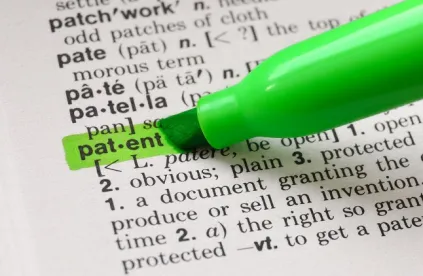In previous lessons, I noted the importance of interoperability in achieving digital transformation in the legal industry. This can be said to break down to two major components: 1) API’s for each legal application to allow automated interactions with other applications in the ecosystem such as an IP management system, accounting system, patent offices, or cloud services like automated docketing or analytics; and 2) the middleware that can translate data exchange between the API’s according to the requirements of each individual application and an enterprises’ particular needs. Middleware simply means software that sits “in the middle” between two other systems. Sometimes this middleware performs simple tasks such as a simple relay of information from one system to another, and sometimes middleware can perform additional automation functions, replacing human labor that used to “sit in the middle.” For example, patent docketing personnel receive data from a patent office, and use their knowledge and skills to make an entry in a docketing system that consists of data (such as a mail date) and commands (such as a docketing code) used by the receiving system to add a docket entry. Most of the time, middleware needs to “transform” data as it passes through it from one system to another. For example, if an accounting system sold by a first vendor needs to exchange data with an IP system from a second vendor, it is rarely a simple matter of pulling data from one field and writing it into another. Often this data transfer requires data from the accounting system to be transformed and manipulated before it can be uploaded into the IP system, and furthermore for an API to work it needs to know what to do with the data, which is provided in the form of API instructions and commands. All this manipulation of the source data and instructions and commands to the receiving system’s API is done using middleware. Another form of middleware is a cloud-based service that receives data from a first source such as the United States Patent and Trademark Office (USPTO), transforms it into a format that is compatible with a law firm or legal department docketing system, and also determines which docketing instructions or commands (such as a template or docketing code to launch) to provide to the docketing system’s API. In another example, docketing events can be obtained from the docketing system and reported using e-mail to the appropriate recipients. This is typically accomplished with middleware that sits between the docketing system and the e-mail system, so the reporting can be customized to the needs of the situation. These are just a couple of examples of the tens of thousands of middleware components that glue legal systems from various different vendors together.
What this all boils down to is that while middleware may often be an obscure component of the legal system ecosystem, it is nonetheless essential for connecting up all the various systems that need to talk to each other but cannot do so directly. With an explosion of new software applications from many dozens of new high tech start ups addressing the legal market, API’s and middleware will lead the way to hook up all these systems in our digitally transformed future.



 />i
/>i

